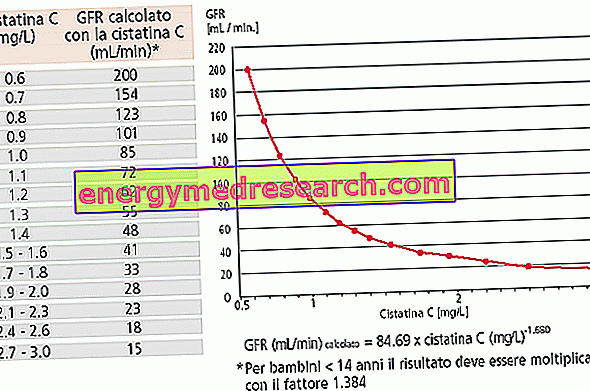We all understand the importance of stretching in the practice of our activities, both sporting and not, so much so that the research and publications of B. Anderson since the seventies on have become gospel for the lovers of this discipline.
However we find in the method proposed by the author in question an intrinsic limit, which consists in acting by segments. Analytically considering the lengthening of a muscle means that compensations and retractions are inevitably created in other districts, canceling in part or in all the beneficial effect sought with this practice.
The guiding principle of the AGD is based on the vision of our muscular system "by chains". We recognize the most important in the anterior kinetic chain or dynamics muscles and the posterior kinetic or static or antigravity muscles.
These concepts were introduced in the first decades of the last century by F. Mezieres and later developed by P. Souchard.
We focus on the back chain and on two front sub-chains:
- the respiratory one and in particular on the diaphragm muscle, which is inserted in its lumbar part on the first four lumbar vertebrae.
- That internal anterior hip with regard to the large psoas muscle originating from D12 and the first four lumbar vertebrae and the intervertebral discs.

The tendency to lose elasticity and to the fibrotization of antigravity muscles, the stress of modern life that leads us to a short thoracic breathing with consequent retraction of the diaphragm, the errors that almost all we commit in abdominal training, soliciting mostly the great psoas and the incorrect postures that we increasingly assume lead us inevitably in one direction only:
THE UNBALANCE OF THE POSTURAL TONIC SYSTEM
IT INTERVENES IN A CONSIDERABLE NUMBER OF CHRONIC PATHOLOGIES CURATE OFTEN SYMPTOMATICALLY.
THE PAIN OF THE SPINE:
- CERVICAL
- LAT;
- LUMBAR;
- Sacral.
PAINS IN RACHIDEA COMPONENTS
- CERVICO DROPS - BRACHIALS;
- SCAPOLAGIE;
- CRURALGIE;
- Sciatica.
THE JOINT PAIN
- HIP;
- KNEE;
- FEET;
- DISCAL ERNIES;
- EXTERNAL HYPERPRESSIONS OF THE ROLLS.
COLUMN DEFORMATIONS:
- kyphosis;
- SCOLIOSIS;
- Lordosis.
SPORTS PATHOLOGIES:
- cRAMPS;
- soreness;
- Tendinitis.
We indoor cycling practitioners are fully included in the aforementioned list for two main reasons:
- The posture on the bike, which forces us to straighten or even to reverse the lumbar spine and cervical hyperlordosis.
- The extreme dynamic stress to which we subject the lumbar muscles (statics muscles) in out-of-climb climbs, especially if carried out with great resistance to the flywheel.
As for stress and "abdominals" each of us add to pleasure!
The AGD comes to our aid by searching for the lost balance with a constant tension stretching, which does not allow compensations and "loopholes" to our body and above all global, that is to say that it involves all the muscles belonging to the same chain.
The optimum is represented by the combination with these techniques of an appropriate respiratory gymnastics aimed at unblocking the diaphragm so as to release the tension on its vertebral insertions.
It is about assuming and maintaining certain postures for a longer or shorter period of time.
We divide them into two main categories:
- Posture at the opening of the coxo-femoral joint. Legs and torso aligned.
- Posture in closing of the coxo-femoral joint. Teams
If our work will insist more on breathing we will prefer postures in discharge (back to the ground). If our goal is to focus on the muscular system, we will opt for post-load positions (sitting) or loading (standing).
The closing postures are perhaps the most important as they insist on the later kinetic chain, in this regard the three Mezieres teams are famous:

Of course these are only guiding principles. The numerous variants, the constantly evolving techniques and above all the different needs of the single individuals, require the constant guidance of qualified personnel to guarantee the safety and effectiveness of this methodology.
 |  Personal trainer, Schwinn Cycling instructor, postural gymnastics, yogafit and Mountain bike |



